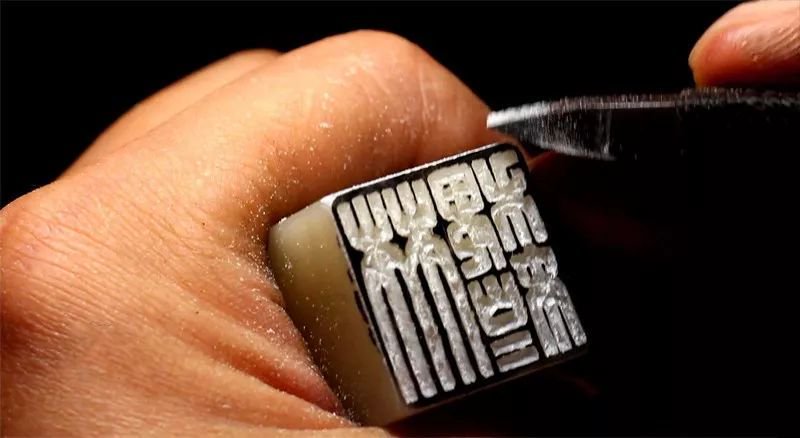
1. Name stamp
There is usually one name stamp. If there is a slight change, the name stamp can be divided into "surname stamp" and "name stamp". The two are the same size and match the vermilion and white. If they are used together, they are called "dual stamps", which are more visually appealing. Rich and interesting.
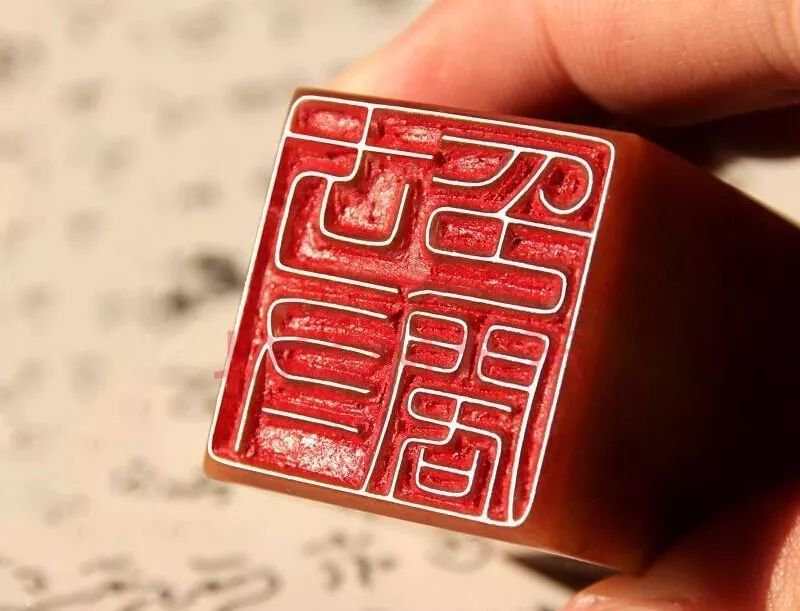
2. Zhaihaozhang

3. Introduction to the chapter
The introductory chapter is mostly rectangular, but also semi-circular, rectangular, round, semi-circular, gourd-shaped, etc. According to the needs of the picture, it is used on the right side of the first two or three characters of the title, so it is called the first chapter.
For example, if the weight of the tail seal is too heavy and needs to be "improved", or the distribution of seals on the work is monotonous and needs to be "adjusted", a first seal should be considered.
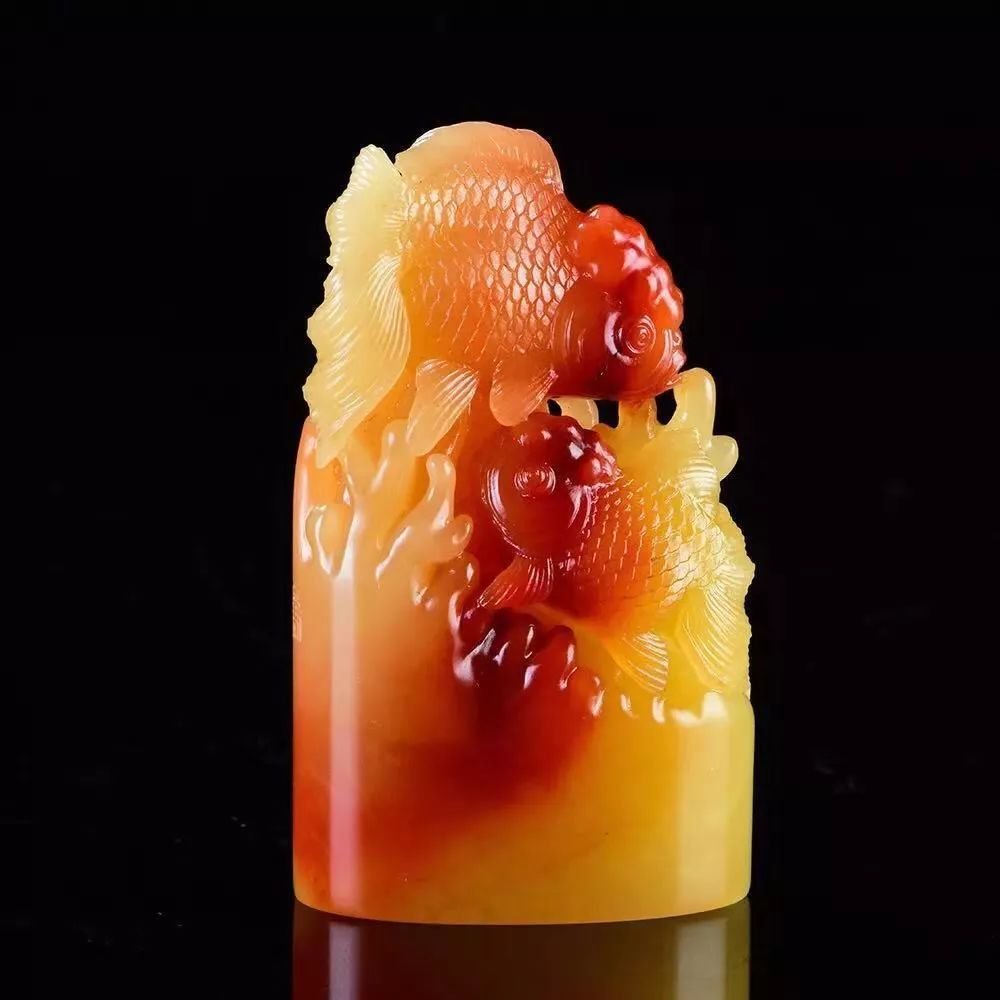
2. According to content
1. Xian Zhang
Most of them are famous quotes or personal reflections, which are often used to fill in the blanks, "break the shape" and adjust the balance. The number of this chapter does not matter, it can range from a few square meters to dozens or even hundreds of square meters.
2. Portrait seal
That is, seals with pictures but no words. In ancient times, they were mostly birds, animals, insects and fish. Nowadays, they are often engraved with zodiac signs.
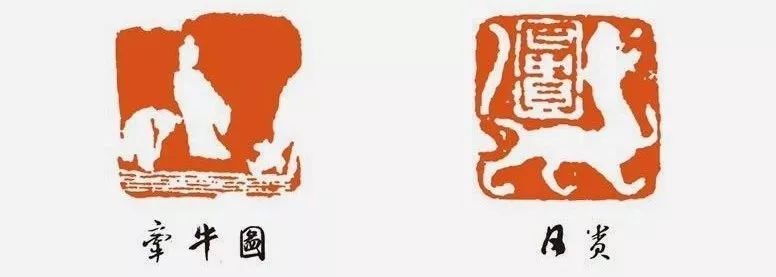
3. Buddha statue seal
It is originally a portrait, but its connotation has gone far beyond the "portrait shape" and has various forms. The conception and creation are constantly being renovated. It has always been loved by calligraphers, and the number is uncertain.
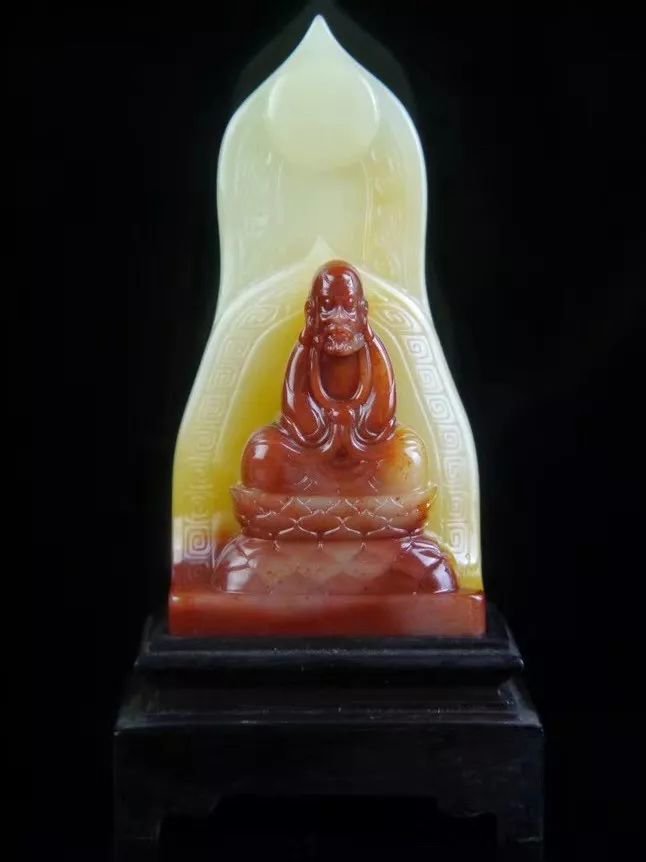
4. Wadang seal
5. Year seal
6. Border seal
7. Stop the waist seal
8. Pressed corner seal
It is generally placed on the corners of the work to block the corners, fill the void and stabilize the picture. It should be used with caution.
Of course, the appropriate number of seals does not mean too many seals, but it needs to show "thick accumulation and hard work". It is best to match the quantity appropriately.
The seal cutting and calligraphy course for beginners is now available at 9.9, click to learn now.
| Course Title | Course price |
| Self-study seal script introductory calligraphy training video teaching lecture | 9.9 |
| Video of Wu Ping’s seal cutting and calligraphy teaching lecture | 9.9 |








